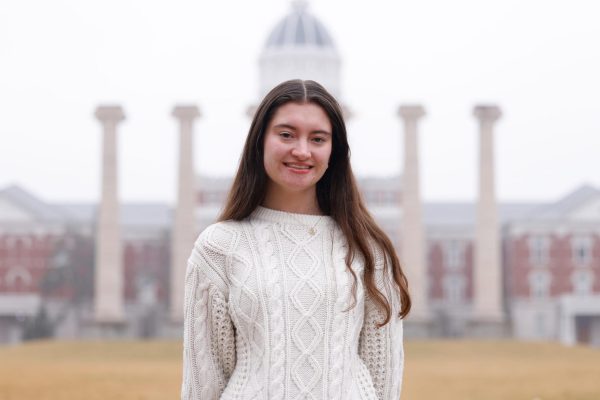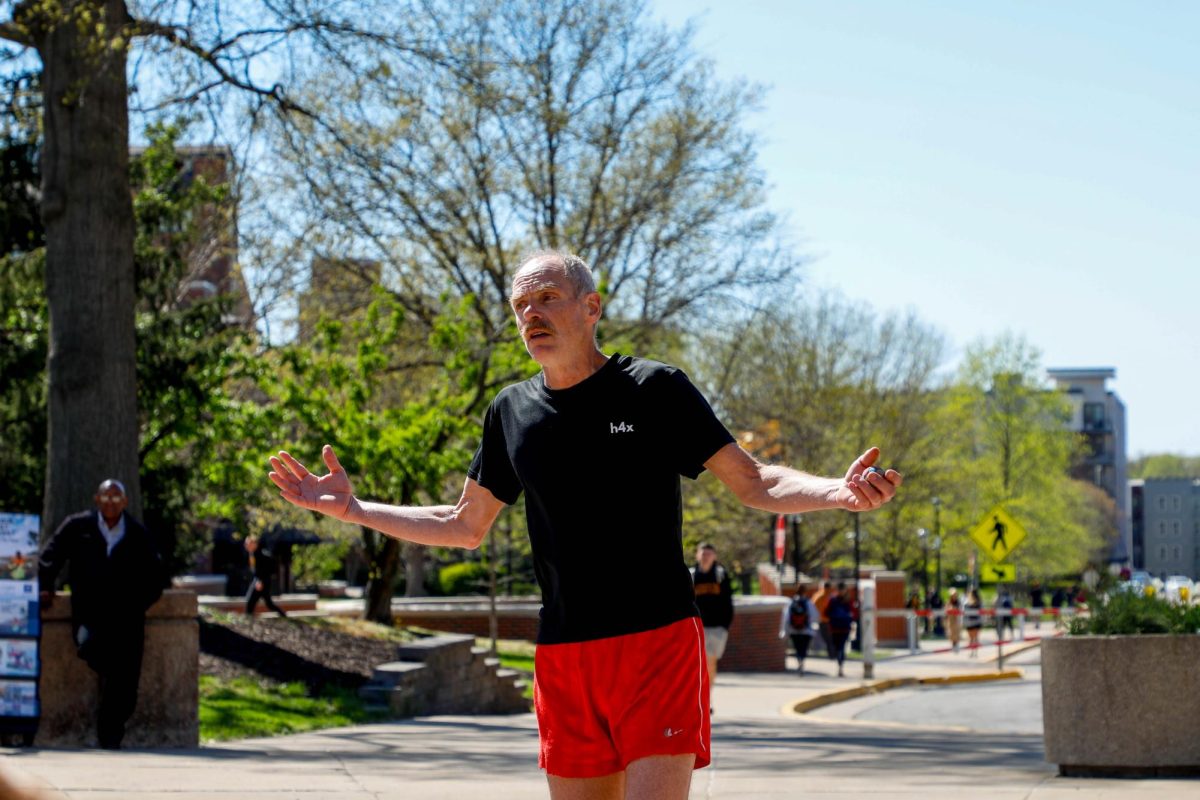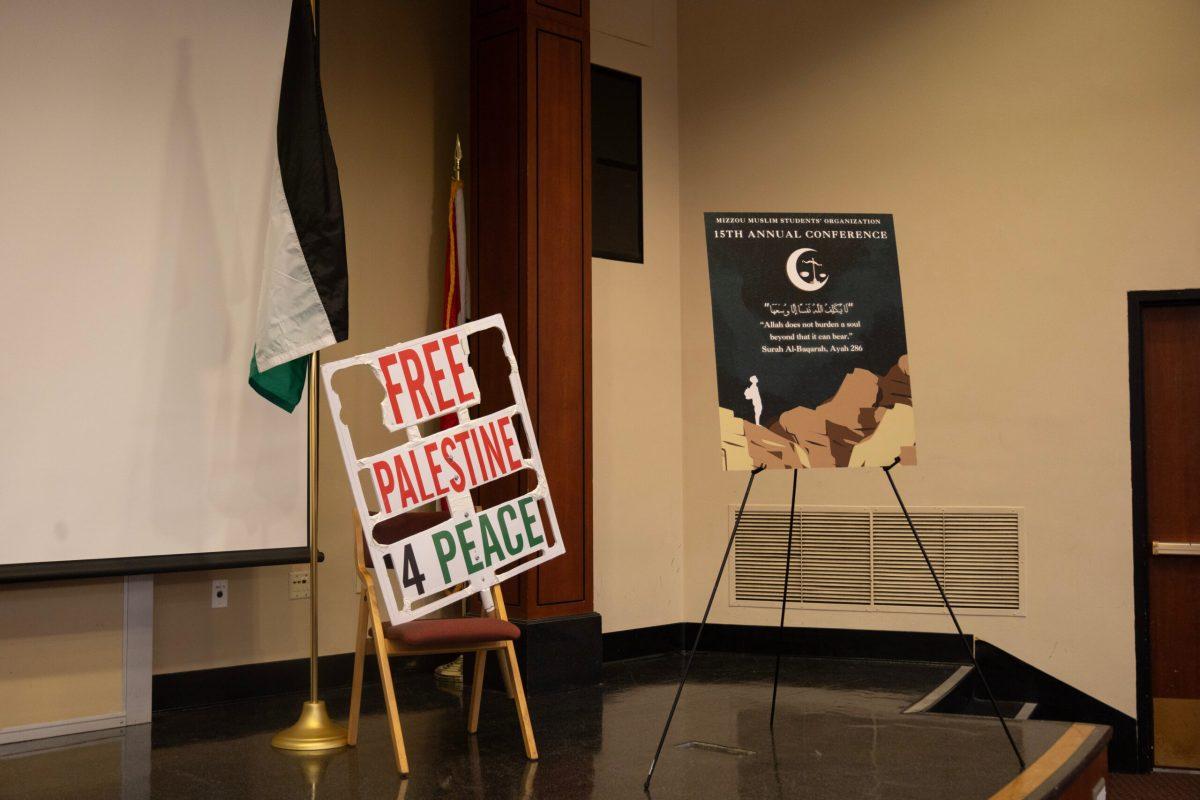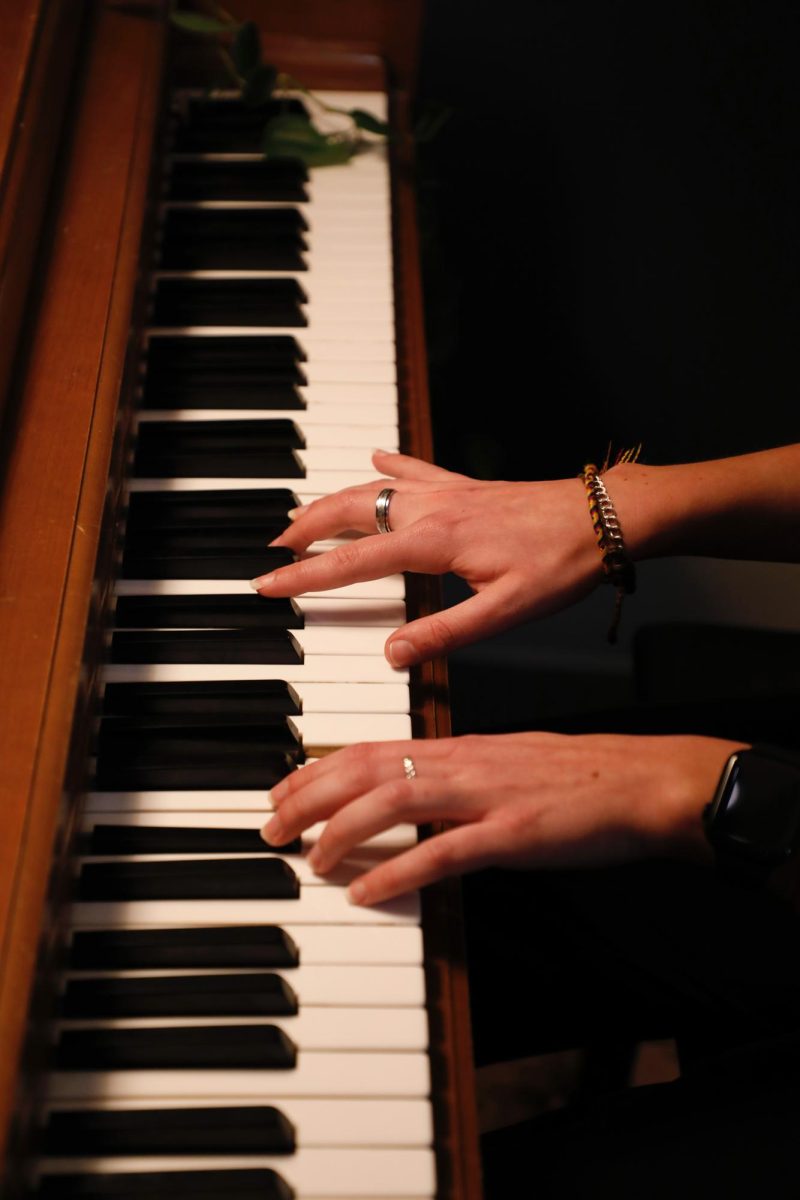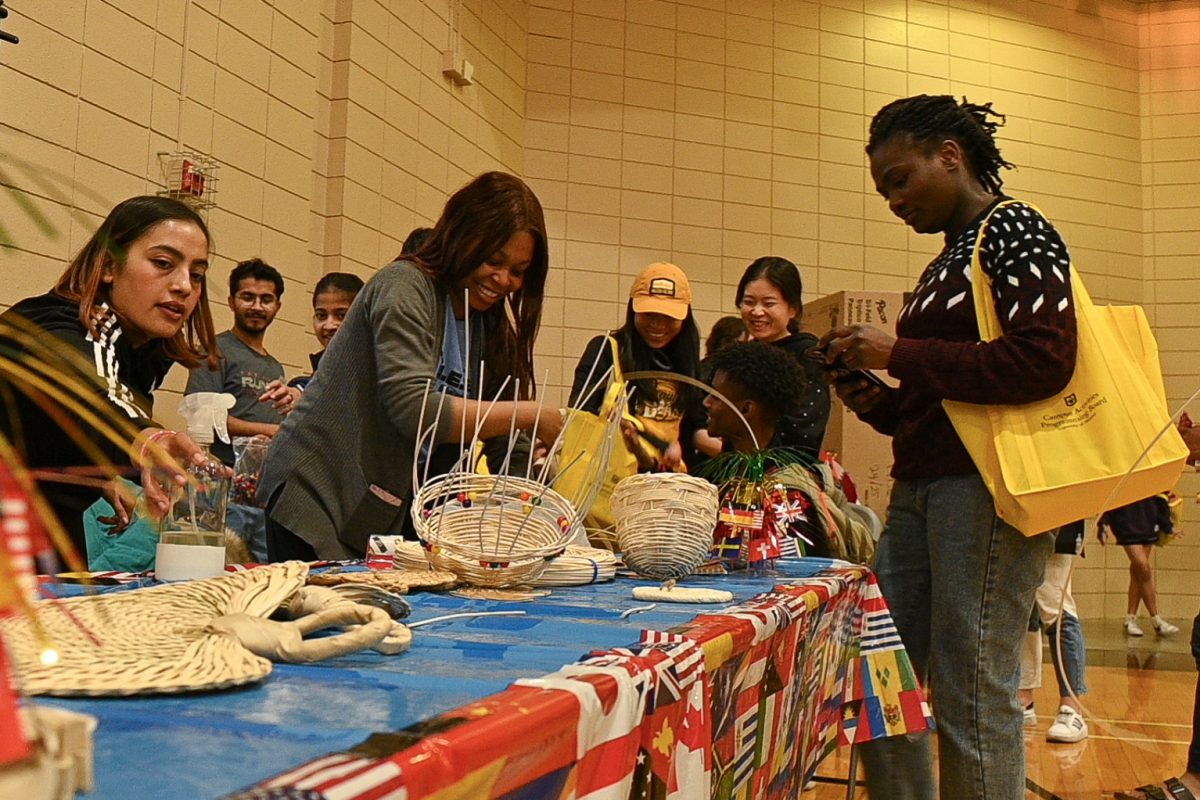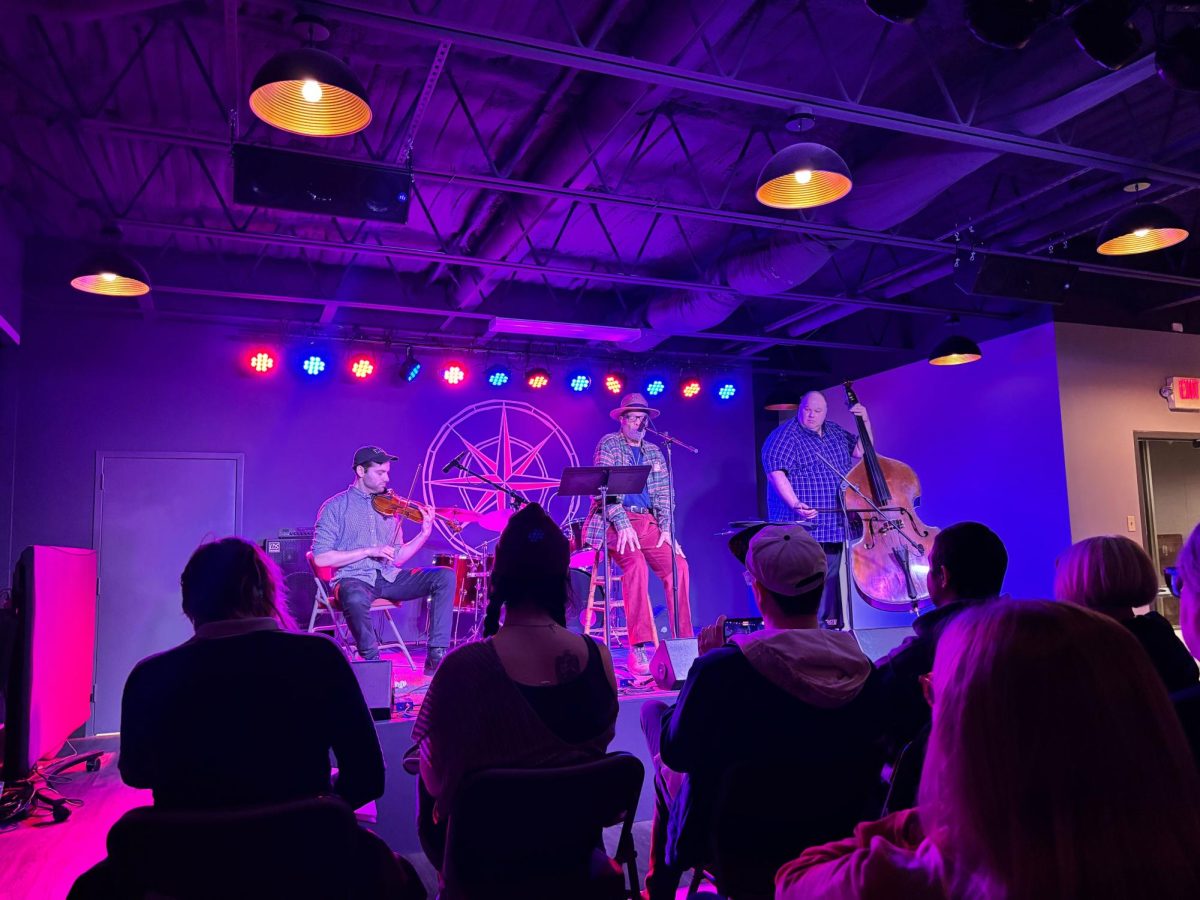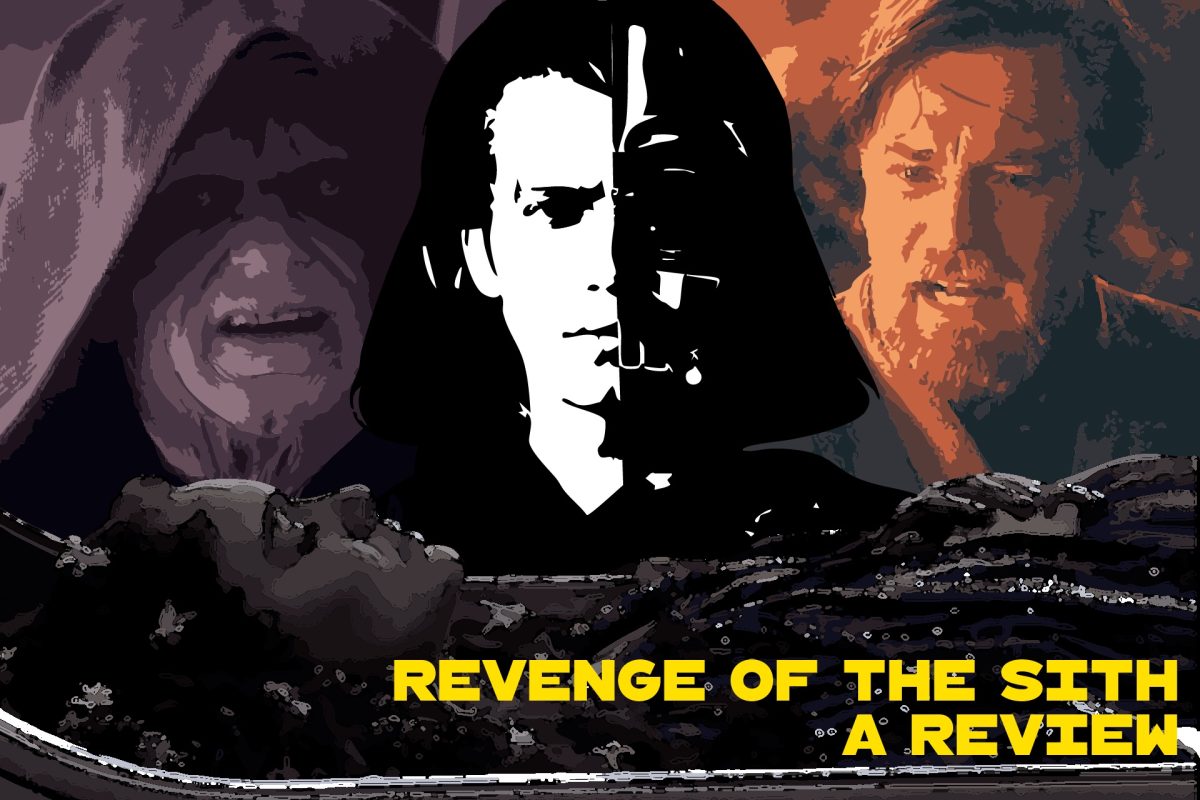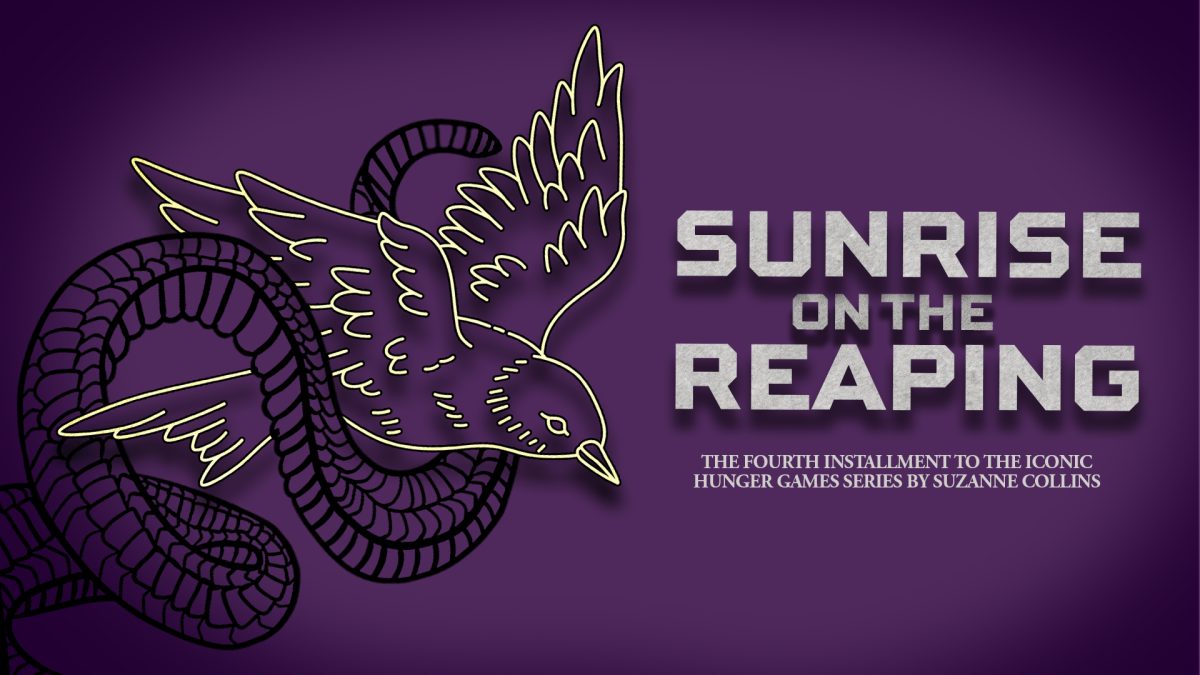During a keynote delivered in the Reynolds Alumni Center, civil rights activist Joyce Ladner recounts the lives of three significant women of the movement, including her own fight.
On Jan. 24, the MU Division of Inclusion, Diversity and Equity hosted their annual Martin Luther King Jr. celebration in the Reynolds Alumni Center. The celebration consisted of a brief reception and artist showcase, displaying art by MU’s student organization Mizzou Black Creatives and Orr Street Studios, as well as a keynote presentation afterward.
Following the theme for the night’s commemoration, “Women and the Civil Rights Movement,” Je’Nai Burns displayed one of her pieces of art at the showcase. Burns, a junior studying architecture with an emphasis in interior design, portrayed three women she dubs inspiring in her piece.
“I decided to take three different women: I did Septima Clark, Jo Ann Robinson and Pauli Murray, and I wanted to depict them without a face to not take away from any message that I wanted to give,” Burns said. “I then took it a step further and I wanted to do a famous quote from each of them.”
The top of Burns’ art portrays each faceless woman surrounded by the quotes Burns picked from each woman with bright tiles behind them. In contrast, the bottom half depicts a tree, loosely shaped like the body of a woman with softer, natural colors.
Burns credits her inspiration for the piece to the stereotypical sides of women, contrasting the boldness of women in activism with the gentle, nurturing essence of mother nature. Each woman in Burns’ display played an important role in the Civil Rights Movement.
After opening performances from Symonne Sparks and the Lincoln University Dance Troupe, the Keeper of the Dream Award was presented to winner Evan Danaher by La Toya Stevens, the director of communications for the Division of Inclusion, Diversity and Equity. Afterward, Joyce Ladner was introduced as the keynote speaker of the evening by Stevens.
Ladner, a decades long public figure, began her work as an activist and voice for younger generations during her teen years at home in Mississippi. After many years of work in activism, Ladner went on to become a professor, author and sociologist with rich experience and involvement under her belt.
Ladner’s speech began with her sharing stories from her time working during the Civil Rights Movement. From working alongside her peers in the Student Nonviolent Coordinating Committee to standing on the stage as Martin Luther King Jr. gave his groundbreaking “I Have a Dream” speech, Ladner offered glimpses into her own accounts of memorable events and people.
“I first met Dr. King [in the] fall of 1962 at Tougaloo College, where I was a student,” Ladner said. “He had just spoken at our chapel service and I asked him for his autograph — and I still have it.”
Over the course of her early activism days, she and her sister, Dorie Ladner, helped form a NAACP Youth Council in their hometown of Hattiesburg, Mississippi. Attending meetings, whether local or statewide, gave both sisters a glimpse into the world of civil rights and activism, sparking their interest.
Ladner went on to describe her time working with King and how being a college student at this monumental period in history impacted her life. During her time as a member of the SNCC, Ladner was part of the 12-person group in New York that helped organize the March on Washington. She was just a few months shy of turning 20 when Rev. King addressed the crowd of 250,000 in Washington, D.C.
“We organized the march in three weeks,” Ladner said. “We worked six days a week [and] at least 12 hours a day — sometimes 18 hours a day. I don’t remember leaving the office before midnight, but it was such a wonderful experience.”
Ladner would go on to meet with King five more times before his assassination on April 4, 1968. The then 24-year-old attended his funeral on April 9 in Atlanta at Ebenezer Baptist Church.
While working with SNCC, Ladner worked closely with other activists her age and blooming figures of the movement. Three women Ladner remembers fondly, Fannie Lou Hamer, Ella Baker and Ruby Doris Smith, acted as mentors for herself and the younger generation of fighters.
Hamer, a pioneer for voting rights, became an organizer for the SNCC in the early 1960s. Her and 17 other activists were denied the right to vote in 1962 at the Sunflower County Courthouse in Indianola, Mississippi, and were harassed on their way home. In 1963, Hamer and other Black activists were arrested and beaten for sitting in a “whites only” area on a bus in Winona, Mississippi.
“[Hamer] always said she joined SNCC because the young people that took risks inspired her,” Ladner said. “And she became the personification of the oppressed and she echoed the voices of the disenfranchised, poor Mississippians.”
Ladner went on to describe the important moments in Hamer’s fight for justice and how they impacted the movement. When touching on Hamer’s impact and dedication, Ladner also spoke of activist Ella Baker, who affected the cause for equality and personally affected the lives of the students she worked with.
Baker became a key figure of the Civil Rights Movement when she began her involvement with the NAACP in the early 1940s. She also contributed to SNCC and other activist organizations like the Southern Christian Leadership Conference, which King founded in 1957.
“Miss Baker found her real calling as an advisor to SNCC,” Ladner said. “And we students held her in the highest esteem as our advisor, teacher, strategist and beloved icon.”
Ruby Doris Smith, much like Ladner, became involved in the movement during her college days. Smith quickly became a part of the SNCC and participated in sit-ins across the South. Her work as SNCC’s administrative secretary, and later executive secretary, inspired younger activists, including Ladner, who spoke highly of Smith and her contributions.
“Ruby had what we would call ‘Movement Cred,’ tremendous credibility because she was tough and strong,” Ladner said. “And she spent three months in jail in Jackson, [Mississippi], and a month in jail in Rock Hill, South Carolina — both times jailed with no bail.”
Ladner reflected on the impact these women and hundreds more had on the Civil Rights Movement, admiringly remembering the people she met and worked with during her time on the SNCC and beyond. Ladner offered her closing remarks and was met with a standing ovation before joining Stevens for a Q&A. The evening’s commemoration concluded with a closing performance from Symmone Sparks.
Edited by Alex Goldstein | [email protected]
Copy Edited by Logan Gee and Briana Iordan
Edited by Scout Hudson | [email protected]

